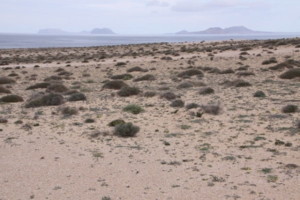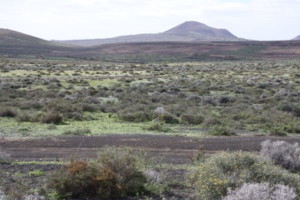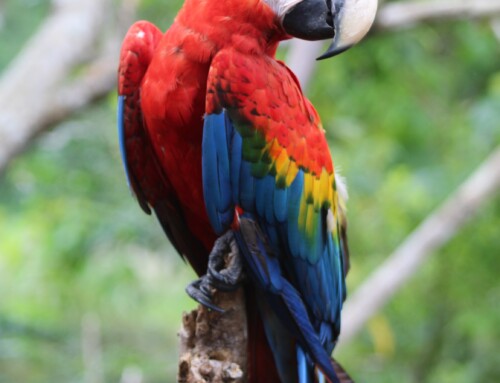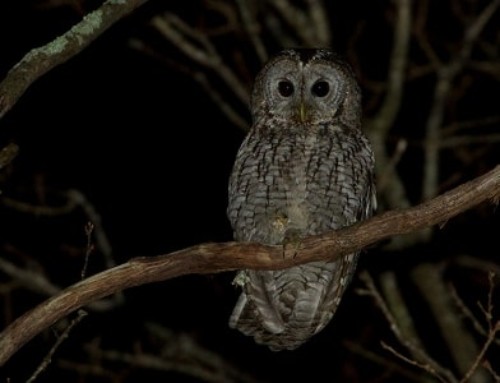LINKED PAPER
The Lanzarote population of the African houbara Chlamydotis undulata fuertaventurae: census, sex ratio, productivity, and a proposed new survey method. Alonso, J. C., Palacín, C. & Abril-Colón, I. 2020. Ardeola. DOI: 10.13157/arla.67.1.2020.sc2. VIEW
Many thousands of years ago, the Canary Islands were colonized by Houbara Bustards, Chlamydotis undulata, from the African mainland. Today, Canarian houbaras are recognized as a different subspecies, Chlamydotis undulata fuertaventurae, but their future in an environment that is shared with millions of tourists is not guaranteed. Despite its endangered status, little is known about its biology, and even accurate census data and other important demographic parameters relevant for conservation purposes were lacking to date.
We present the first complete count of Houbara Bustards in Lanzarote, the main stronghold of this subspecies. Numerous attempts to establish the size of this population have been carried out in the last thirty years, but all of them have used line transects in small sampling areas as a survey method, and later extrapolated the bird densities obtained to the whole extent of suitable habitat in the island.

Figure 1 The main habitat of Houbara Bustards in Lanzarote is a sandy semi-desert called jable © Juan C. Alonso
Line transects have historically been one of the most used methods to estimate bird populations, but they are not that useful in this case. Houbaras are particularly difficult to see due to their cryptic plumage and mostly solitary, wary and elusive behaviour. When alerted by a walking observer, rather than flying away like other birds they prefer to freeze or, more frequently, run incredibly fast and hide. This escape behaviour may reduce the chances that walking observers detect houbaras or, worse still, may lead to double-counting if a bird runs away in front of the observer along the transect and reappears further on. This can be an important source of error, particularly with multiple line transects —where multiple observers survey an area simultaneously, walking in parallel lines—, where houbaras may zigzag ahead of the walking front or parallel to it, passing from the survey area of one observer into that of a neighbour, or returning to their original area.

Figure 2 Houbara Bustards also live in xerophytic shrubland of Launaea arborescens, Salsola vermiculata and Lycium intricatum © Juan C. Alonso
Additional sources of error of the line transect method can be extrapolations of density figures obtained in small areas to much larger unsurveyed surfaces, and application of ‘distance sampling’ (Buckland et al., 1993), a method for estimating animal abundance that assumes that animals are randomly and evenly distributed throughout the surveyed area, and that they don’t move before being detected, two conditions that are not fulfilled in houbaras, as well as in many social or lekking species with aggregated distribution patterns.

Figure 3 The species is legally protected in the Canary Islands, but informed conservation measures are still needed to make economic growth and habitat conservation compatible © Juan C. Alonso
Here we propose an alternative census method, based on vehicle surveys combined with frequent, prolonged stops for scanning. In the Canaries these car transects can be appropriately planned to cover the whole island. This simple method, in addition to providing a complete count of all birds without the need to apply risky extrapolations or infer habitat suitability for non-visited areas, enabled us to obtain other interesting demographic parameters that may help evaluating the conservation status and reproductive performance of houbaras in the Canary Islands. Based on a count of 370 birds (161 males, 209 females) we estimated a total population of 440–452 houbaras on Lanzarote, after applying a simple capture-recapture index based on our own sample of marked birds. Our census confirms that houbaras have recovered from a probably severe decline caused by hunting and egg collection during past centuries, but shows that current numbers are less than half the last published population estimate. This is not a cause for optimism, and current increase in tourism suggests that action must be taken to guarantee the conservation of this unique subspecies in the Canary Islands.
Nominate this article for a BOU Science Communication Award.
References
Buckland, S.T., Anderson, D.R., Burnham, K.P. & Laake, J.L. 1993. Distance Sampling. London: Chapman & Hall.
Image credit
Featured image: Male Houbara Bustard, Chlamydotis undulata fuertaventurae, in display plumage © Inmaculada Abril-Colón




